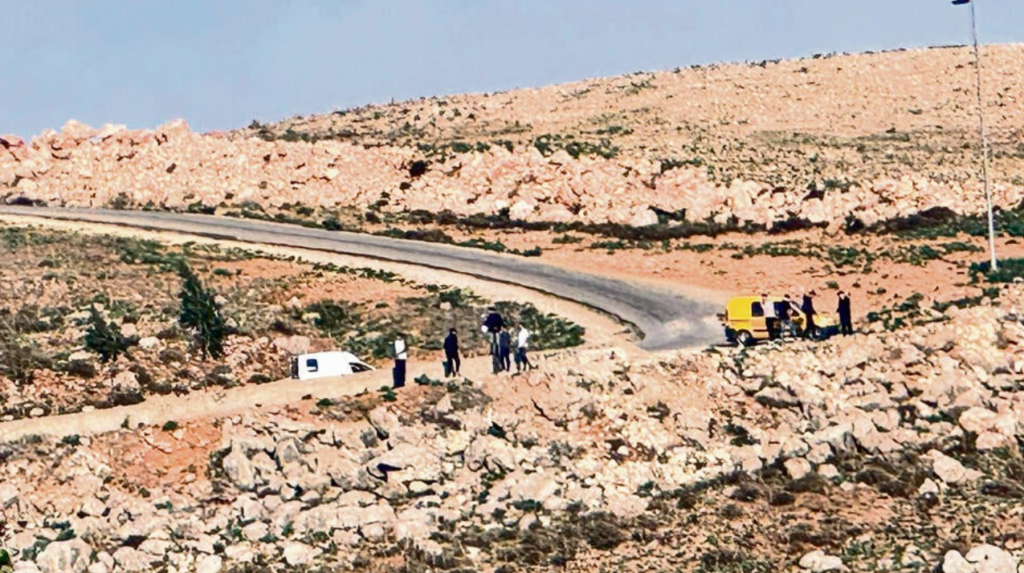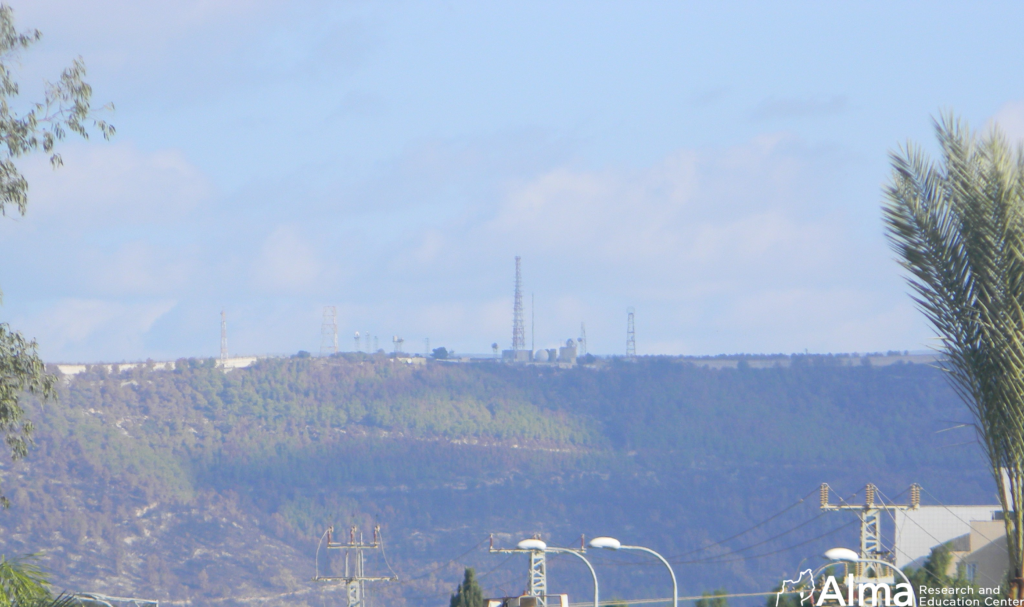Yaakov Lappin and Sarit Zehavi
Hezbollah’s Radwan unit, known for its specialized commando skills, has been a persistent threat to Israel’s northern communities. The October 7 mass raid by death squads, led by Hamas’s Nukhba elite terror unit, saw some 2,500 terrorists and accomplices infiltrate Israel. The attack implemented tactics in the south similar to those planned by Hezbollah’s Radwan for the Galilee.
Now, with 60,000 internally displaced Israelis coming from the North, and with Radwan unit positioned close to the Lebanese-Israeli border, it is becoming increasingly clear after the October 7 mass murder attack by Hamas that the status quo in the North is unsustainable.
Since the war started on October 7 and until the November 24 ceasefire, Hezbollah launched dozens of anti-tank missile, tens of rockets, some ten suicide drones, and over 100 mortar strikes on military posts and civilian targets in northern Israel. Despite losing 86 terrorists (and 14 more terrorists dead from other factions), Hezbollah and localized terror factions in Lebanon continue in its attacks, which have so far claimed nine Israeli lives – three civilians and six IDF personnel. Although the Israeli leadership implied this week that the IDF successfully created the basis for a new security situation on the Israeli-Lebanese border – residents of the northern communities in Israel already presented in the Israeli media photos of Hezbollah military operatives returning back to the borderline, It is possible armed.

Hezbollah also has an estimated 140,000 mortar shells in its arsenal alone, meaning that it can keep up the current war of attrition indefinitely, and keep enormous Israeli military resources glued to the northern border, while internally displaced northern Israelis remain out of their homes.

This situation is unsustainable. The idea of an Israeli military down-grade of forces clustered at the border, including many reserves, while Hezbollah remain deployed there, appears unthinkable after October 7.
The Radwan unit, established with Iranian Quds Force assistance, gained notoriety for its role in the abduction that sparked the Second Lebanon War in July 2006 (when it was known as the intervention unit). This unit’s expertise in guerilla warfare and its strategic use of attack tunnels along the Israeli border have been central to Hezbollah’s previous plans for incursions into Israeli territory. The Israeli Defense Forces exposed these tunnels in December 2018, a significant setback for Hezbollah. However, Hezbollah remains determined to invade Israeli territory, with such cross-border raids being a primary objective of the Radwan unit.
In response, Israel has undertaken extensive measures to fortify its border with Lebanon. This includes constructing a physical ground barrier, comprising high concrete walls, elevated earthworks, and advanced technological systems. These measures aim to significantly impede any ground infiltration attempts by Hezbollah forces – but as October 7 has demonstrated, the idea of border defense is now severely compromised.
On January 1, 2023, Hezbollah released a video showing Radwan unit members infiltrating Israeli territory. This video depicts the highly trained terrorists breaching a concrete wall with an explosive charge and engaging in a gun battle.
The fact that such terror forces are in southern Lebanon represents the abject failure of UN Security Council Resolution 1701, which only allows the Lebanese Armed Forces to operate in southern Lebanon. A 10,000-strong UNIFIL Force has utterly failed in its mission to enforce Resolution 1701, and Hezbollah enjoys full freedom of movement, while using transparently minimal disguises such as pretending to be environmental activists. UNIFIL, a foreign force that has no real knowledge of the local area and no ability to ensure its freedom of movement, frequently changes over, and has allowed Hezbollah to build up its terror army to monstrous proportions since the end of the 2006 Second Lebanon War.
Israel faces several strategic options in addressing the current Radwan threat. The first, relying on UNFIL and diplomacy, seems unlikely given UNIFIL’s inability to effectively implement Resolution 1701. Under this option, it is difficult to understand how northern Israeli residents can return to their homes.
The second option, creating a ‘kill zone’ enforced by Israeli firepower to keep Hezbollah forces at bay, could lead to partial or full-scale conflict with Hezbollah, and may not be sufficient to degrade Hezbollah’s proximity to the border.
The third option involves establishing a security buffer inside southern Lebanon, which, while militarily effective, would likely result in a full-scale conflict and a new de facto Israeli presence within Lebanese territory.
Each of these scenarios carries significant risks, benefits, and hold the potential for major escalations.
The option of creating a security buffer could take time, and would involve inserting soldiers into the area. The IDF would have to deal with Hezbollah’s use of systematic human shielding as it engaged and destroyed Hezbollah targets. A security buffer existed from 1985 to the 2000 Israeli withdrawal from southern Lebanon, and was characterized by unending attacks on IDF soldiers. It is remembered poorly in the Israeli historical collective memory.
The complexity of the situation is heightened by the deeply personal nature of the conflict for Israelis living in the area, making objective analysis and policy recommendations challenging.
One thing appears clear, however – after October 7, reality has changed forever, and the threat posed by Hezbollah and its Radwan unit should no longer be tolerated.

Ultimately, Israel is a small state, less than 500 kilometers from north to south, and it is imperative for Israelis to be able to live in every space up to borders. The lack of soldiers in danger areas means the de facto loss of these territories – a dangerous slippery slope that must be avoided at all costs in order to defend Israel’s continuity.






